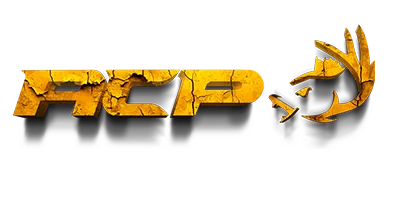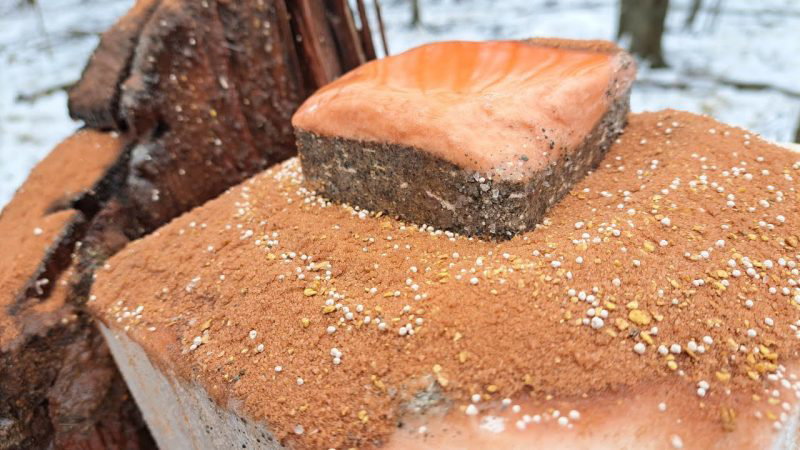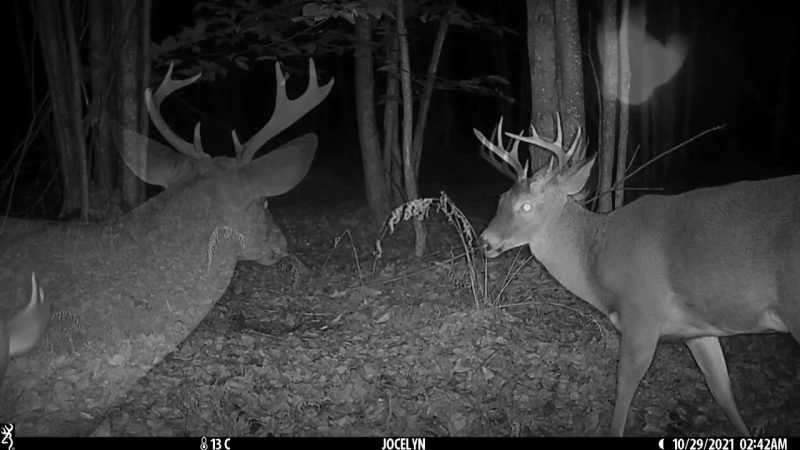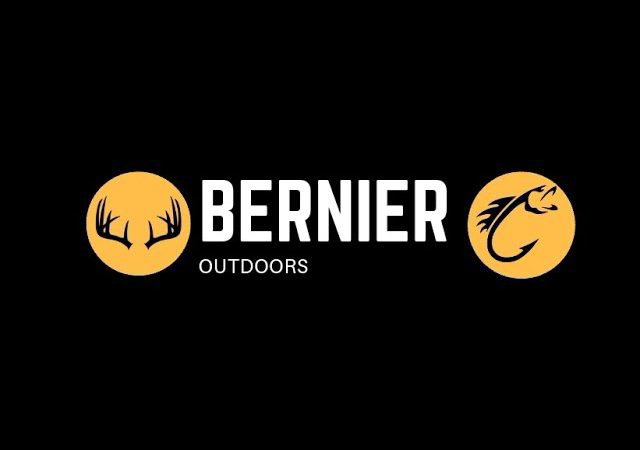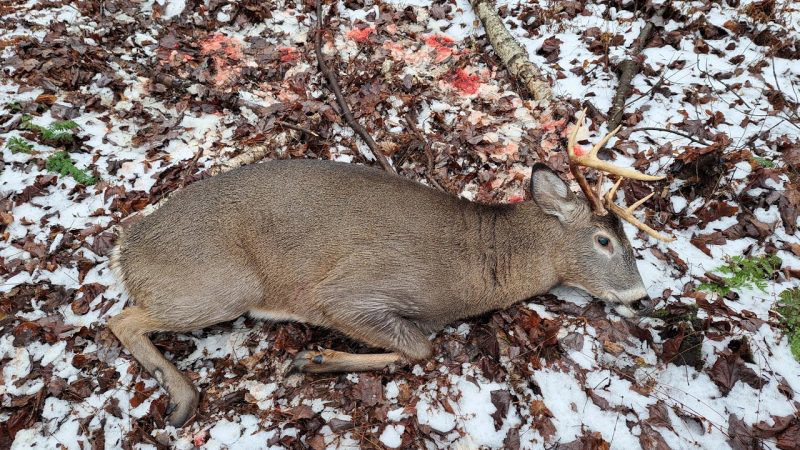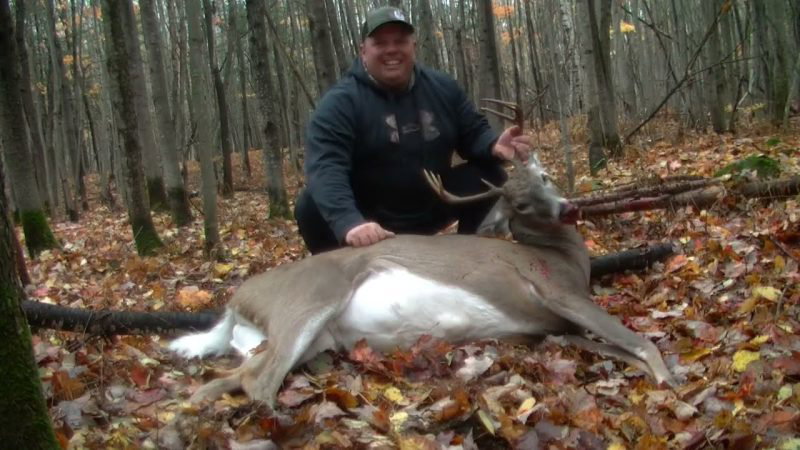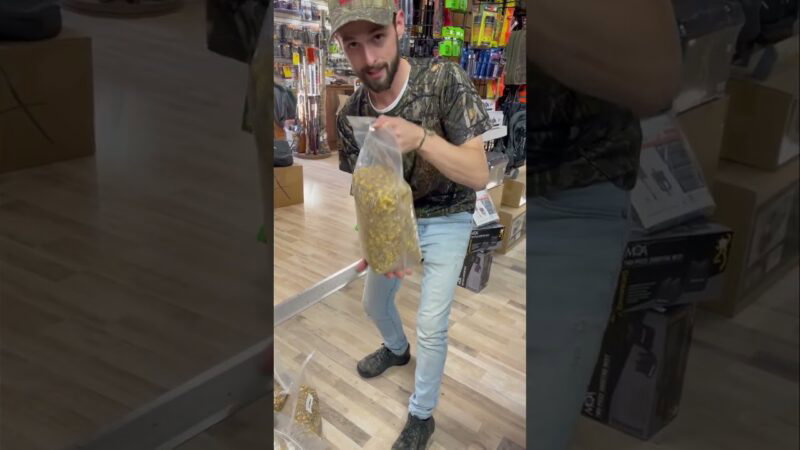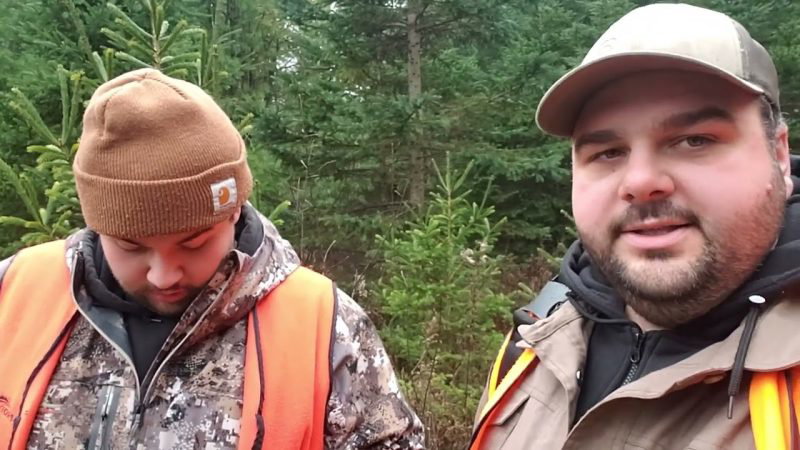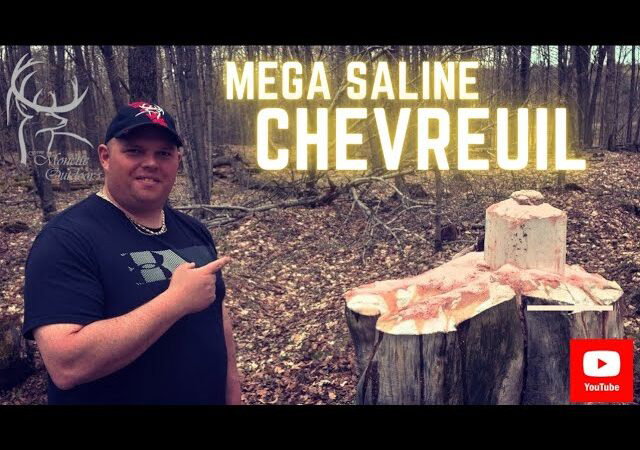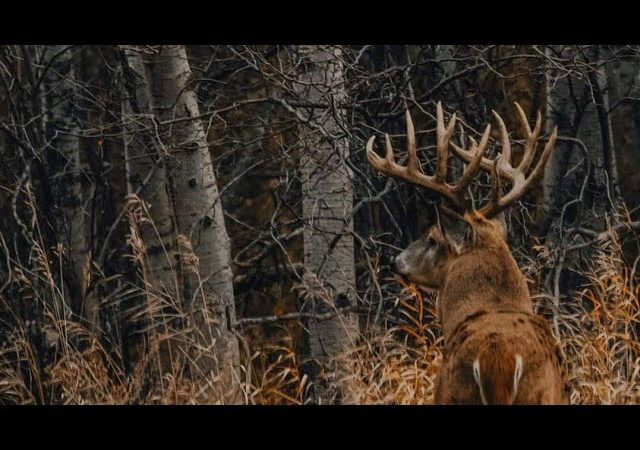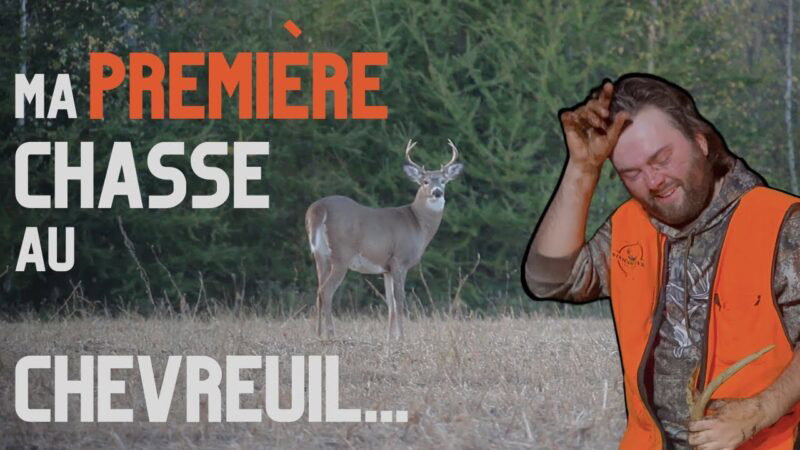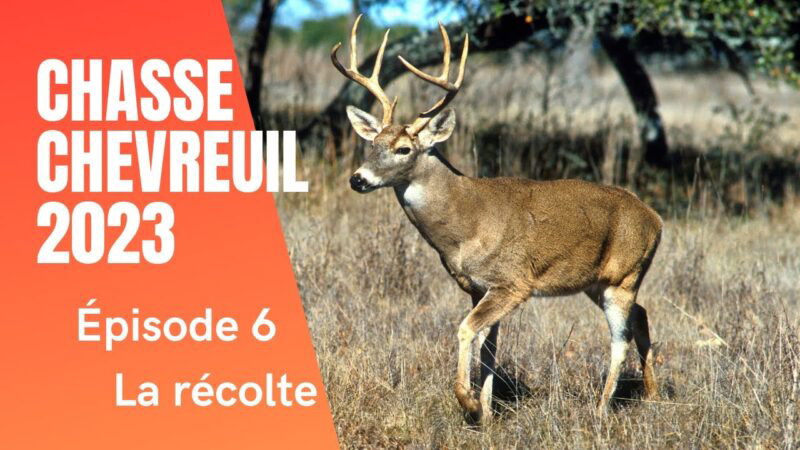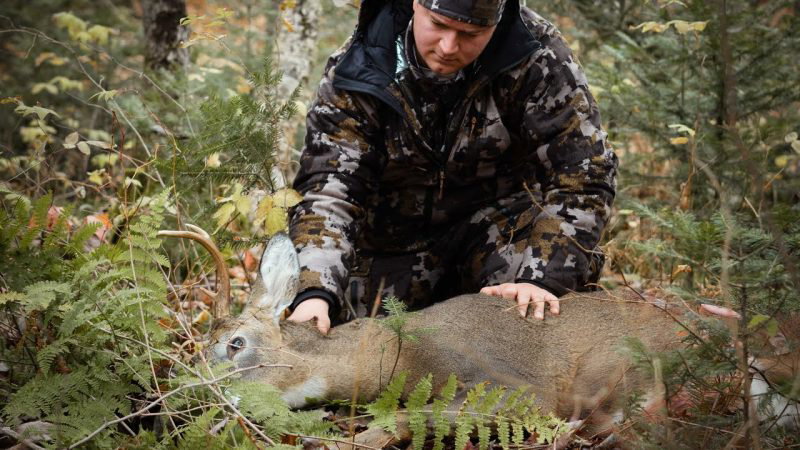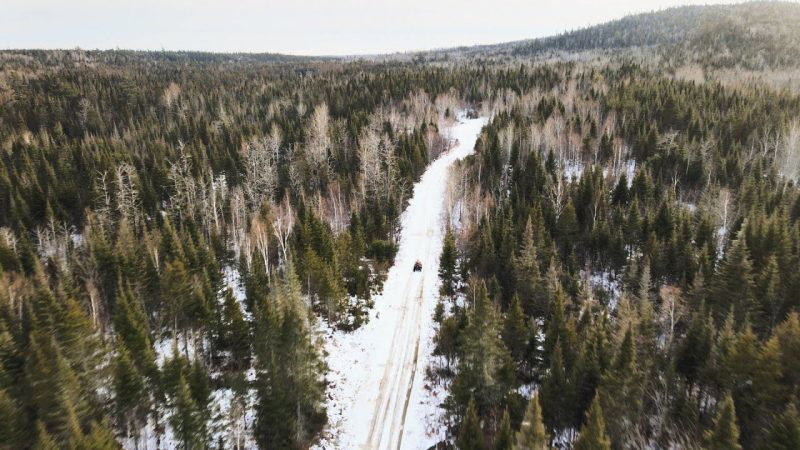Reviews
User Score
Rate This
Descriptions:
Harvesting a dream buck
Deer Harvesting a dream buck | Adventure Hunting Moose Fishing Deer Outfitting and the outdoorsA white-tailed deer hunt in Saskatchewan with guide Brad Fry. With a bow, a hunter harvested a superb bull they had spotted on camera earlier. After you’ve made sure your moose is dead (the best way is to poke it in the eye, any reaction means there’s life – be careful), roll or move it so that the entrails roll down, away from the moose.To make sure the moose is dead, check that its eyes are open.If, for some reason, you think the animal isn’t dead, it’s best to wait a few more minutes. It would be terrible (and not only dangerous) to see your moose get up and run away, while you’re standing there with your hunting knife in hand. How do you explain this to your hunting companions? You can imagine their faces – it would be a breathtaking experience! “Really, I was about to do my dressing for the moose and he stood up… he glared at me, then ran off like a scared rabbit. What could I have done? Attack him like Rambo or something? “The Wyoming knife is one of the most useful tools I’ve come across for dealing with moose. This knife cuts the skin, then the stomach lining, in no time at all. With this tool, you don’t have to worry about puncturing the stomach (which smells bad).I’ve used my Wyoming knife since I bought it in the early 1980s to clean countless large animals. game. Replacement blades are inexpensive and easy to change… although I’ve only had to replace mine twice. They stay sharp for a very long time. I also use this knife for skinning!
Stages of moose dressing in the field Roe deer Harvesting
Open the abdomenThe first step is to make an incision wide enough to accommodate the tip of the Wyoming knife with my hunting knife, just deep enough to cut the skin without cutting the abdomen. I then insert the Wyoming knife and cut towards the moose’s head along the midline of the breast. I only cut to the lower edge of the ribcage.Some hunters cut to the top of the ribcage, just below the neck, which makes it easier to open the ribcage.We save this step for the return to camp, and for good reason. Every time you make an incision in a moose’s skin, you leave an area of meat or membrane that will attract dirt and other debris. I’ve found that splitting the ribcage in the field is an unnecessary step, unless you need to pack your pet, in which case you should.Next, here’s the Wyoming knife in action. Once the initial incision has been made, I insert the knife to cut the skin. BuckAs the incision is made, the pressure inside the moose pushes the entrails out through the incision.
Insert, then turn until tight. Deer Harvest
I’ve used it successfully on deer, but have had limited success using it on moose. The diameter of the tool seems too small to be used effectively on a moose, perhaps the extra-long tool would be more effective. To use this tool, you need to insert it into the rectal canal, twist it until it’s tight, then pull with a steady force. Pull about 10 inches from the anal cavity… I’m not quite sure about this distance.You’ll see in my photos that I tie off the anal cavity using ties, a quick and easy way when your hands are slippery.According to the instructions, you don’t need to cut around the anus, but I found I still had to do it to free the whole thing.Be careful with this step, you don’t want to cut the anal canal or puncture the bladder.I’ve used this device on four moose to date and will give it another try before relegating it to deer hunting only.Carefully cut around the anus to free it from the body. Use a sharp, narrow-bladed knife for this operation, as the blade of a skinning knife would be too wide.
To remove the entrails Harvest deer
Reach into the stomach cavity and pull the anus through, taking care not to break the bladder. When dressing the moose in the field, I didn’t bother wearing any gloves, as they tend to tear on the sharp edges of bones and fill with blood anyway.
Remove the entrails from the cavity. Deer Harvest
Use a sharp knife to cut the entrails from the back. Continue until you reach the diaphragm, and finally the heart and lungs. This is where some hunters will say they open the rib cage to gain access while dressing the moose. Just remember this: dirt, gravel and pine needles don’t add any good flavor to your meat.I do this last operation by feel, very carefully. Reach into the thoracic cavity (without the knife in hand) and feel the esophagus, you need to reach in with the knife in hand and sever it.It’s a bit tricky, but I’ve done it successfully on twenty-five moose and over twenty deer. Just be careful and pay attention to where your knife is. Oh … did I mention this will probably be a one-handed job.If you’re a little apprehensive about tackling this job, a video on preparing big game might help.The diaphragm separates the lungs and heart from the stomach. Once you’ve reached the diaphragm, you need to pierce it and cut away from the ribcage. The diaphragm completely encloses the moose, so it will take some effort to reach it and cut it open.
Moose liver in hand, heart and lungs to be removed. Deer Harvest
Before cutting the esophagus, I reach inside to feel where to cut. Note: my knife in my left hand while I’m investigating.My favorite knife for this job is the Buck Knife.After removing all the entrails, either turn the carcass over or move the back of the moose down to allow excess blood to drain.Field dressing a moose is one of the chores of hunting that has to be done. I don’t mind doing it, in fact, I enjoy it. When my partners and I catch a moose, I play elbow to elbow to do the cleanup, even if I don’t really mean to, that’s just the way it goes!All doneCleanup of the moose fieldSeventy-two hours after cleaning the moose, the area has been completely cleaned by scavengers. Back at camp, we have the task of skinning our moose. Take a look at this video to see how we skin our moose. All efforts are rewarded. Here’s our meat hanging in the cooler to age.Aging moose meat is an important part of the tenderizing process. We age our meat by hanging it in a meat cooler, usually for around ten days (depending on the number of days we’ve been hanging in camp). Another important note: whenever possible, we finish dressing the moose in the field near where we’re going to load the meat. In other words, we first drag our moose along the road or trail. How can we drag a moose, you ask? We carry over 3,000 feet of rope with us to help with this task.All-About-Moose / https://www.all-about-moose.com/moose-field-dressing.html
